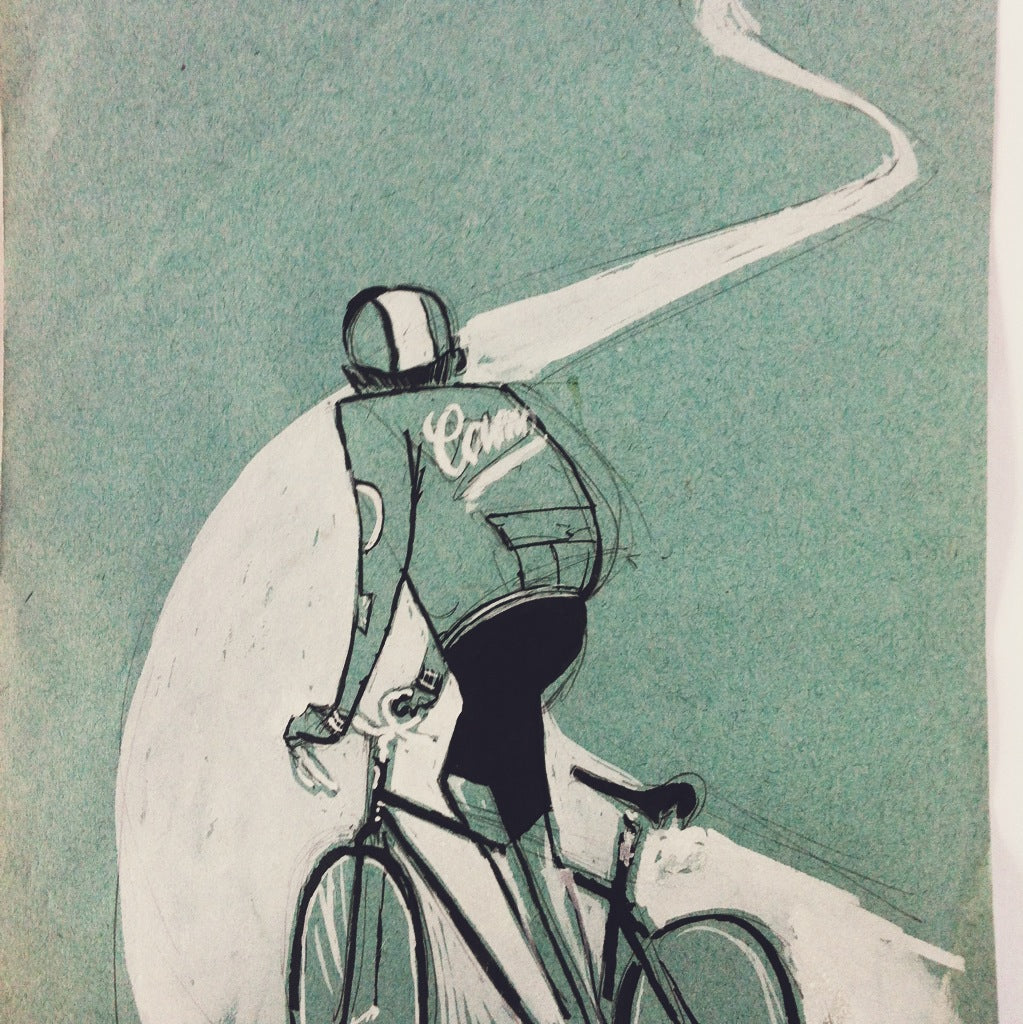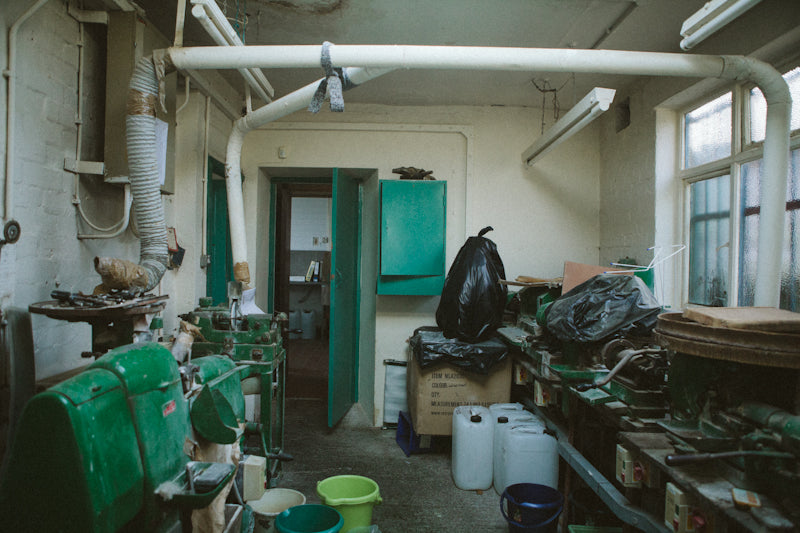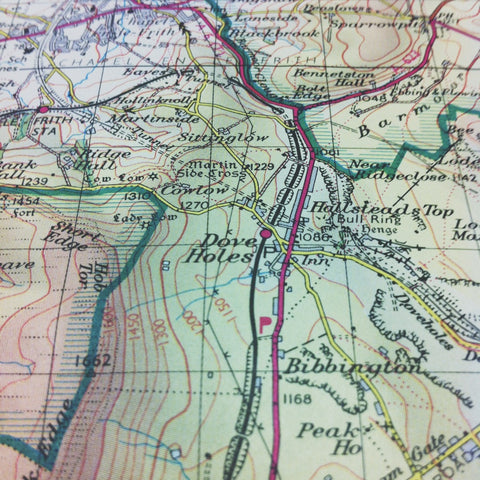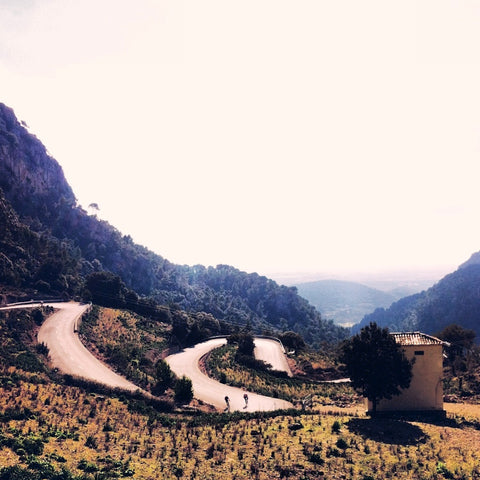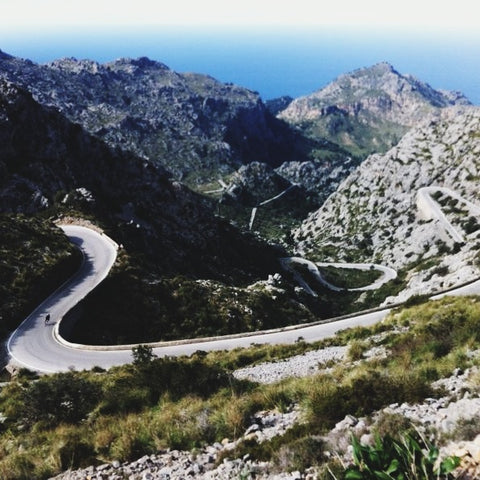Peak District Climbs - #1 Burbage
I'm starting this run-down feature of my favourite Peak District climbs with Burbage. It's a fitting start as the road is a good example of what these features are here to do; a mixture of challenging climbs, great scenery and quiet roads. Burbage ticks all three boxes.
Some riders may be tempted to stay on Hathersage Road all the way up to Surprise View and follow this road up to Fox House, but in missing the left turn up to Burbage, they may be missing a trick. The road is a longer and tougher climb than continuing up the main road but it's much quieter especially mid-week and in the evenings and there is more scenic reward compared to Surprise. Look to your left and there is a great view of the steep Scotsman's climb (which I will feature in due course) which Roger Millar romped up during the 1999 Kellogg's Tour of Britain. Fiddlars Elbow is straight ahead and to the right are the crags behind Surprise car-park which are also impressive. You get the odd Kestrel hovering about this road too which I've been fortunate to see on a couple of occasions. After the road bends to the left you have a panoramic view back dow into Hathersage. On a clear day you can see along the Hope Valley and make out the outline of Mam Tor.
Strava data tells me that the average gradient is 7.7% and at only 1.3 miles it's by no means a leg-breaker, but after a long ride it has had the better of me a few times on my return to Sheffield. Once you're over the top, there is the fast descent down Ringinglow Road to enjoy.



